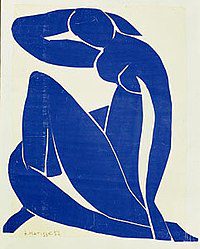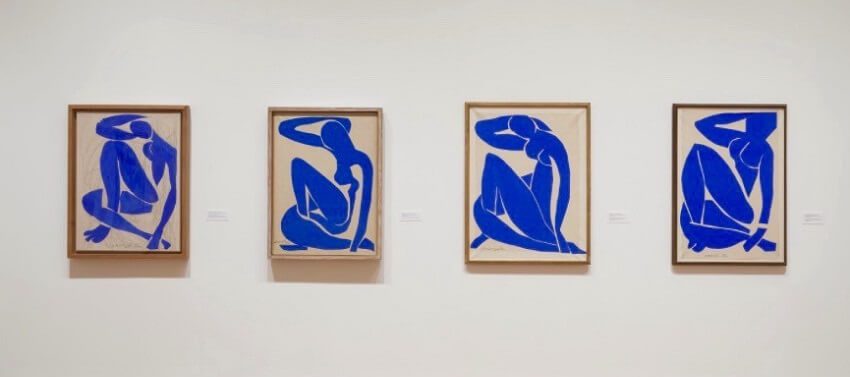In this art talk, I want to dive into the colorful world of Henri Matisse, a pioneering artist whose work has had a massive influence on my own artistic journey. Matisse’s use of color, form, and his innovative approach to creating art have inspired countless artists, including myself. So, let’s explore his life and work, and I’ll share how he has impacted my style.
Early Life and Artistic Beginnings
Henri Matisse was born on December 31, 1869, in Le Cateau-Cambrésis, France. Unlike many artists who show early signs of their talent, Matisse didn’t start painting until he was in his early twenties. Before that, he studied law and worked as a court administrator. It wasn’t until he was bedridden with appendicitis that he discovered his love for painting. His mother brought him art supplies to pass the time, and Matisse quickly became passionate about creating art.
After recovering, Matisse decided to pursue art seriously. He enrolled in the Académie Julian in Paris and later studied under the symbolist painter Gustave Moreau. These years were formative, as Matisse experimented with different styles and techniques, drawing inspiration from the likes of Van Gogh, Cézanne, and Gauguin.

The Birth of Fauvism
One of the most significant periods in Matisse’s career was the early 20th century when he, along with André Derain and Maurice de Vlaminck, developed Fauvism. This movement, characterized by bold colors and expressive brushwork, broke away from the traditional use of color in painting. The Fauvists believed in using color to express emotion rather than to depict reality accurately.
Matisse’s painting “Woman with a Hat” from 1905 is a prime example of this style. The piece caused quite a stir when it was first exhibited, with its vivid, non-naturalistic colors and loose brushwork. Critics were divided, but it was clear that Matisse and his fellow Fauvists were onto something revolutionary.
A Journey of Exploration
Throughout his career, Matisse was never afraid to explore new techniques and mediums. After Fauvism, he continued to push the boundaries of art. He was fascinated by the interplay of color and form, often simplifying shapes and using bright, flat colors to create a sense of harmony and balance.
One of my favorite periods in Matisse’s career is his work with cut-outs. In the 1940s, after undergoing surgery that left him bedridden, Matisse turned to creating art with painted paper and scissors. This innovative approach resulted in some of his most iconic works, like “The Snail” and “Blue Nude II.” The cut-outs are full of life and energy, demonstrating Matisse’s ability to adapt and reinvent his style even in the face of physical limitations.
Matisse’s Influence on My Artistic Style
Matisse’s bold use of color and his ability to distill forms to their essence have profoundly influenced my own artistic style. His work taught me that color isn’t just a tool for depiction; it’s a powerful means of expression. In my paintings, I strive to use color in a way that conveys emotion and creates a sense of movement and life, much like Matisse did.
One of the things I admire most about Matisse is his fearless experimentation. He never settled into one style or medium but continually evolved and explored new ways of creating art. This approach has inspired me to be more adventurous in my own work, whether I’m painting, creating digital art, or experimenting with textiles.
Matisse’s piece, “The Dance,” is particularly influential to me. The way he captures the rhythm and movement of the figures through simplified forms and vibrant colors is mesmerizing. It’s a reminder that art doesn’t have to be complicated to be powerful – sometimes, the simplest forms can convey the most profound emotions.
Legacy and Impact
Henri Matisse passed away in 1954, but his legacy lives on. He left behind a body of work that continues to inspire and challenge artists and art lovers alike. His contributions to modern art were immense, from his role in Fauvism to his groundbreaking work with cut-outs.
Matisse’s influence extends beyond his own works. He taught us to see the world in a new way, to appreciate the beauty of color and form, and to never stop experimenting and evolving as artists. His fearless approach to art-making encourages us to break free from traditional boundaries and to embrace our unique vision.



